Home>Gardening & Outdoor>Pool & Spa Care>How Do I Dispose Of A Hot Tub
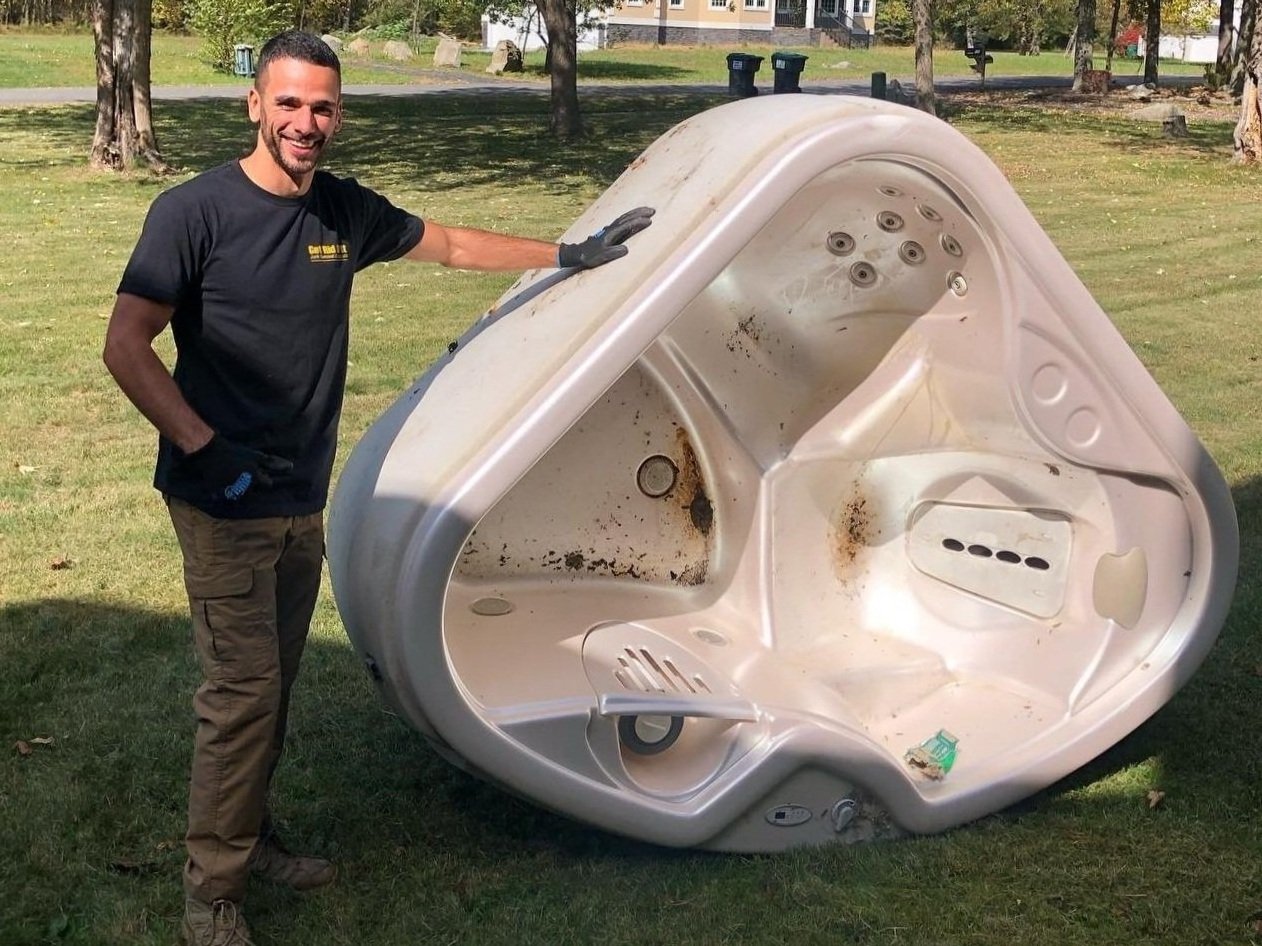

Pool & Spa Care
How Do I Dispose Of A Hot Tub
Modified: August 23, 2024
Learn the proper way to dispose of a hot tub with our expert tips and advice. Find out the best practices for pool and spa care. Keep your backyard clean and safe!
(Many of the links in this article redirect to a specific reviewed product. Your purchase of these products through affiliate links helps to generate commission for Storables.com, at no extra cost. Learn more)
Introduction
So, you've decided it's time to bid adieu to your trusty hot tub. Whether it's due to wear and tear, a desire to upgrade, or a change in lifestyle, disposing of a hot tub is a task that requires careful consideration and planning. From draining the water to dismantling the structure, and considering recycling options, there are several important steps to take to ensure a safe and environmentally friendly disposal process.
In this comprehensive guide, we'll walk you through the steps to properly dispose of a hot tub, ensuring that you not only adhere to local regulations but also minimize the impact on the environment. With the right approach, you can efficiently and responsibly bid farewell to your hot tub, paving the way for new beginnings while prioritizing sustainability. So, let's dive into the details and learn how to properly dispose of a hot tub.
Key Takeaways:
- Properly draining and cleaning a hot tub is the first step in responsible disposal, preventing environmental harm and preparing for safe dismantling.
- Exploring recycling options for hot tub materials contributes to sustainability, conserves resources, and reduces environmental impact, promoting a greener future.
Read more: How To Dispose Of An Old Hot Tub
Step 1: Drain the Water
Before you begin the process of dismantling and disposing of your hot tub, the first crucial step is to drain all the water from it. Start by locating the drainage valve, typically found at the bottom of the hot tub. Connect a garden hose to the valve to direct the water to a suitable drainage area, ensuring that it will not cause flooding or damage to the surrounding environment.
Once the hose is securely attached, open the drainage valve and allow the water to flow out. Depending on the size of your hot tub, this process may take several hours. It’s important to monitor the drainage process to prevent any potential overflow and to ensure that all the water is completely emptied from the tub.
After the water has been drained, it’s essential to clean and dry the interior of the hot tub to prevent mold and mildew growth. Use a combination of gentle cleaning products and a thorough rinse to ensure that the interior is free from any remaining residue. Additionally, allow the tub to air dry completely before proceeding to the next step of disconnecting the electrical components.
By thoroughly draining the water from your hot tub and preparing it for the next steps of the disposal process, you’re taking the first important stride towards responsible hot tub disposal. Ensuring that the water is properly and safely drained sets the stage for the subsequent steps, allowing for a seamless and efficient disposal process.
Step 2: Disconnect the Electrical Components
With the water drained and the interior of the hot tub clean and dry, the next critical step in the disposal process is to disconnect all electrical components. This includes turning off the power to the hot tub at the circuit breaker and unplugging it from any electrical outlets. Safety should be the top priority during this step, so if you’re unsure about handling electrical components, it’s advisable to seek professional assistance.
Once the power is safely disconnected, carefully remove any electrical components from the hot tub, such as the control panel, pumps, and heaters. It’s important to handle these components with care and attention to prevent any damage or potential hazards. Keep in mind that some electrical components may be salvageable or recyclable, so consider researching local options for recycling or disposing of electronic waste responsibly.
After removing the electrical components, take the time to inspect the wiring and ensure that all electrical connections are safely and securely detached. Depending on the complexity of the electrical setup, it may be beneficial to document the disconnection process or seek guidance from a professional electrician to guarantee that all electrical components are safely handled and disconnected.
By meticulously disconnecting the electrical components from your hot tub, you’re not only ensuring safety during the disposal process but also preparing the unit for the next stages of dismantling and recycling. Properly handling and disconnecting the electrical elements sets the stage for a smooth and secure transition to the subsequent steps in the hot tub disposal process.
Step 3: Dismantle the Hot Tub
Now that the water has been drained and the electrical components safely disconnected, it’s time to dismantle the hot tub. This step requires careful planning and execution to ensure that the process is both efficient and safe. Depending on the construction of your hot tub, the dismantling process may vary, but the following general guidelines can help you navigate this stage of the disposal process.
Start by removing any external panels or siding from the hot tub. These may be attached using screws or other fasteners, so use the appropriate tools to carefully detach them. Once the exterior panels are removed, you’ll gain access to the internal framework and components of the hot tub.
Next, disassemble the internal components, such as the seating, jets, and plumbing. Take care to label and organize the parts as you disassemble them, as this will make it easier to manage and potentially recycle or repurpose the materials. It’s important to approach the dismantling process methodically, keeping track of the various components and their respective connections.
As you dismantle the hot tub, be mindful of any hazardous materials that may be present, such as insulation, wiring, or treated wood. Take the necessary precautions to handle these materials safely and consider researching local guidelines for the disposal of hazardous waste.
Once the hot tub has been fully dismantled, you’ll be left with a collection of materials and components that are ready for disposal or recycling. By carefully and systematically dismantling the hot tub, you’re preparing the individual parts for the next phase of the disposal process, setting the stage for responsible and sustainable handling of the materials.
Before disposing of a hot tub, make sure to drain all the water and disconnect the electrical components. You can then either dismantle it and take it to a recycling center or hire a professional to remove and dispose of it properly.
Step 4: Dispose of the Materials
With the hot tub dismantled, the next crucial step is to responsibly dispose of the materials. Depending on the specific components and materials from your hot tub, there are several disposal options to consider, each with its own environmental impact and potential for recycling or repurposing.
One common disposal method is to transport the materials to a designated landfill. However, before choosing this option, it’s important to research local regulations and guidelines for disposing of bulky items and construction materials. Some landfills may have specific requirements for accepting hot tub components, so it’s essential to ensure compliance with these regulations.
Another option is to engage a waste removal service that specializes in handling large and bulky items. These professionals can assist in transporting the dismantled hot tub materials to an appropriate disposal facility, ensuring that the process is carried out in accordance with environmental regulations and safety standards.
Furthermore, consider exploring recycling options for the materials from your hot tub. Many components, such as metal frames, plastic parts, and electronic elements, may be recyclable. Research local recycling facilities or electronic waste recycling programs that accept these materials, and inquire about their specific requirements for drop-off or collection.
It’s important to note that certain materials, such as treated wood or hazardous insulation, may require specialized disposal methods to ensure environmental safety. Take the time to identify any potentially hazardous materials from the hot tub and research the appropriate channels for their safe disposal, such as hazardous waste collection programs or designated disposal facilities.
By thoughtfully considering the disposal options for the materials from your hot tub, you’re taking proactive steps to minimize the environmental impact of the disposal process and potentially contribute to recycling efforts. Responsible disposal of the materials is crucial in ensuring that the remnants of your hot tub are handled in a sustainable and environmentally conscious manner.
Read more: How Do I Clean My Hot Tub
Step 5: Consider Recycling Options
As you navigate the disposal of your hot tub, it’s important to explore recycling options for the various materials and components. Recycling offers a sustainable alternative to traditional disposal methods, allowing for the repurposing of materials and the reduction of environmental impact. By considering recycling options, you can contribute to the circular economy and minimize the amount of waste destined for landfills.
One key area to focus on is the recycling of metal components from the hot tub, such as stainless steel frames or aluminum parts. These materials are highly recyclable and can be repurposed for a range of applications, reducing the need for new raw materials and the associated environmental footprint. Research local metal recycling facilities or scrap metal yards that accept these materials and inquire about their recycling processes and requirements.
Additionally, many of the plastic components found in hot tubs, including panels, piping, and fittings, can also be recycled. Look for recycling facilities that handle plastic materials and inquire about their capabilities for processing and reusing these components. By diverting plastic materials from the waste stream and into recycling programs, you can contribute to the conservation of resources and the reduction of plastic pollution.
Electronic components, such as control panels, pumps, and heaters, also present opportunities for recycling. Electronic waste, or e-waste, recycling programs can responsibly process these components, extracting valuable materials and minimizing the environmental impact of electronic disposal. Research local e-waste recycling facilities or collection events to determine the best options for recycling these components.
Moreover, if your hot tub includes wooden elements, such as treated frames or siding, consider exploring wood recycling or repurposing options. Treated wood may have specific recycling or disposal requirements due to its chemical treatment, so it’s important to seek out facilities or programs that can handle these materials safely and sustainably.
By actively considering recycling options for the various materials and components from your hot tub, you’re embracing a sustainable approach to disposal and contributing to the conservation of resources. Recycling not only diverts materials from landfills but also supports the creation of new products and materials, fostering a more environmentally conscious approach to hot tub disposal.
Conclusion
Disposing of a hot tub requires careful planning, attention to detail, and a commitment to responsible environmental practices. By following the comprehensive steps outlined in this guide, you can navigate the disposal process with confidence, ensuring that the impact on the environment is minimized and that materials are handled in a sustainable manner.
From draining the water and disconnecting electrical components to dismantling the hot tub and considering recycling options, each step plays a crucial role in the overall disposal process. By approaching each stage with diligence and environmental consciousness, you can effectively bid farewell to your hot tub while prioritizing sustainability.
It’s important to research local regulations and guidelines regarding the disposal of large items and construction materials, as well as any specific requirements for handling hazardous or electronic waste. By staying informed and compliant with these regulations, you can ensure that the disposal process aligns with environmental standards and safety protocols.
Furthermore, by exploring recycling options for the materials from your hot tub, you have the opportunity to contribute to the circular economy and support the sustainable management of resources. Recycling metal, plastic, electronic, and wood components from the hot tub can significantly reduce the environmental impact of the disposal process and promote the responsible reuse of materials.
Ultimately, the proper disposal of a hot tub is not only about bidding farewell to an old fixture but also about embracing a sustainable mindset and taking proactive steps to minimize waste and environmental harm. By following the outlined steps and considering recycling options, you can approach hot tub disposal as an opportunity to contribute to a more environmentally conscious and resource-efficient future.
With the right approach and a commitment to sustainability, you can navigate the hot tub disposal process with confidence, knowing that you’ve prioritized responsible environmental practices and minimized the impact on the planet.
Frequently Asked Questions about How Do I Dispose Of A Hot Tub
Was this page helpful?
At Storables.com, we guarantee accurate and reliable information. Our content, validated by Expert Board Contributors, is crafted following stringent Editorial Policies. We're committed to providing you with well-researched, expert-backed insights for all your informational needs.
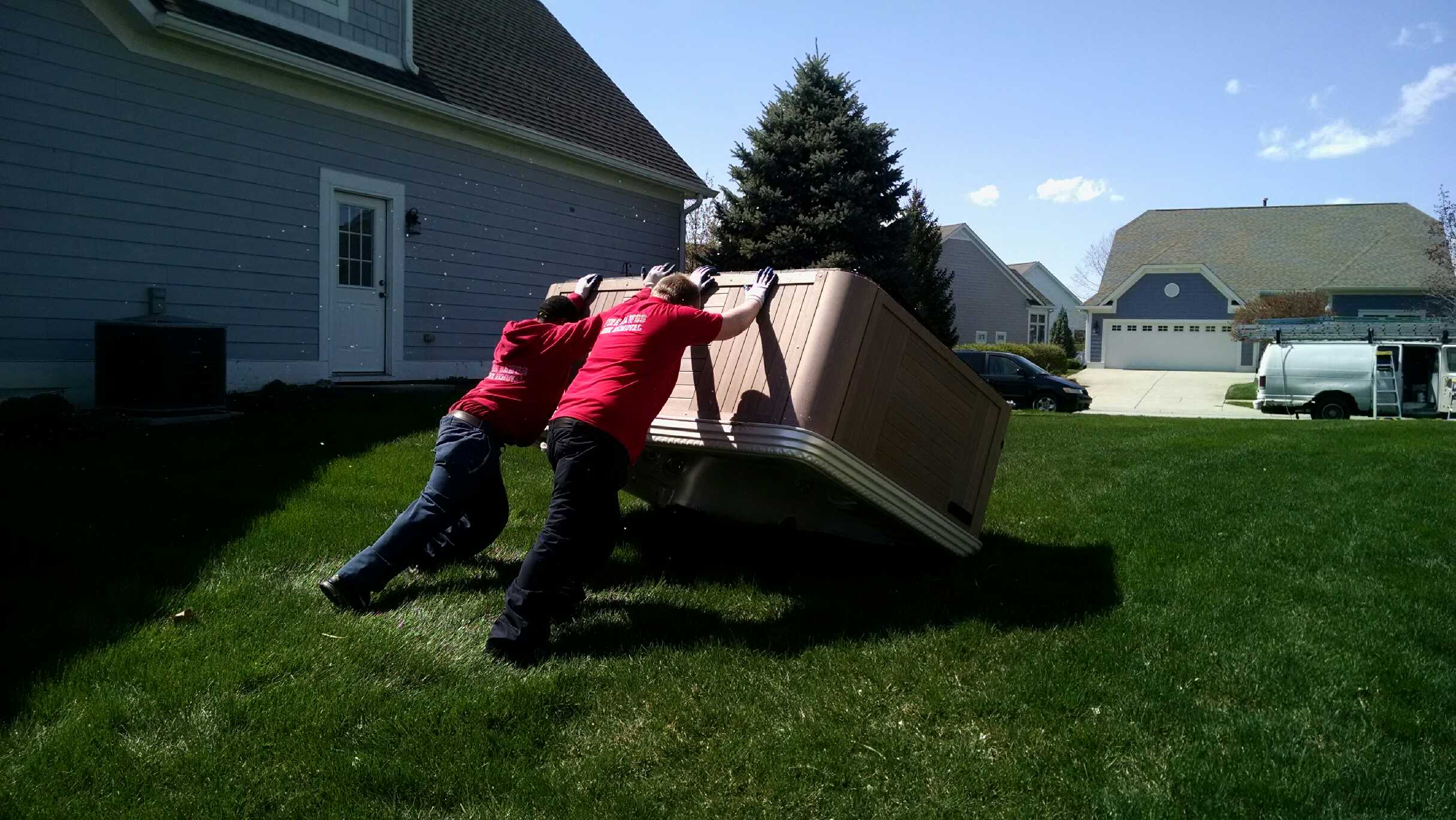
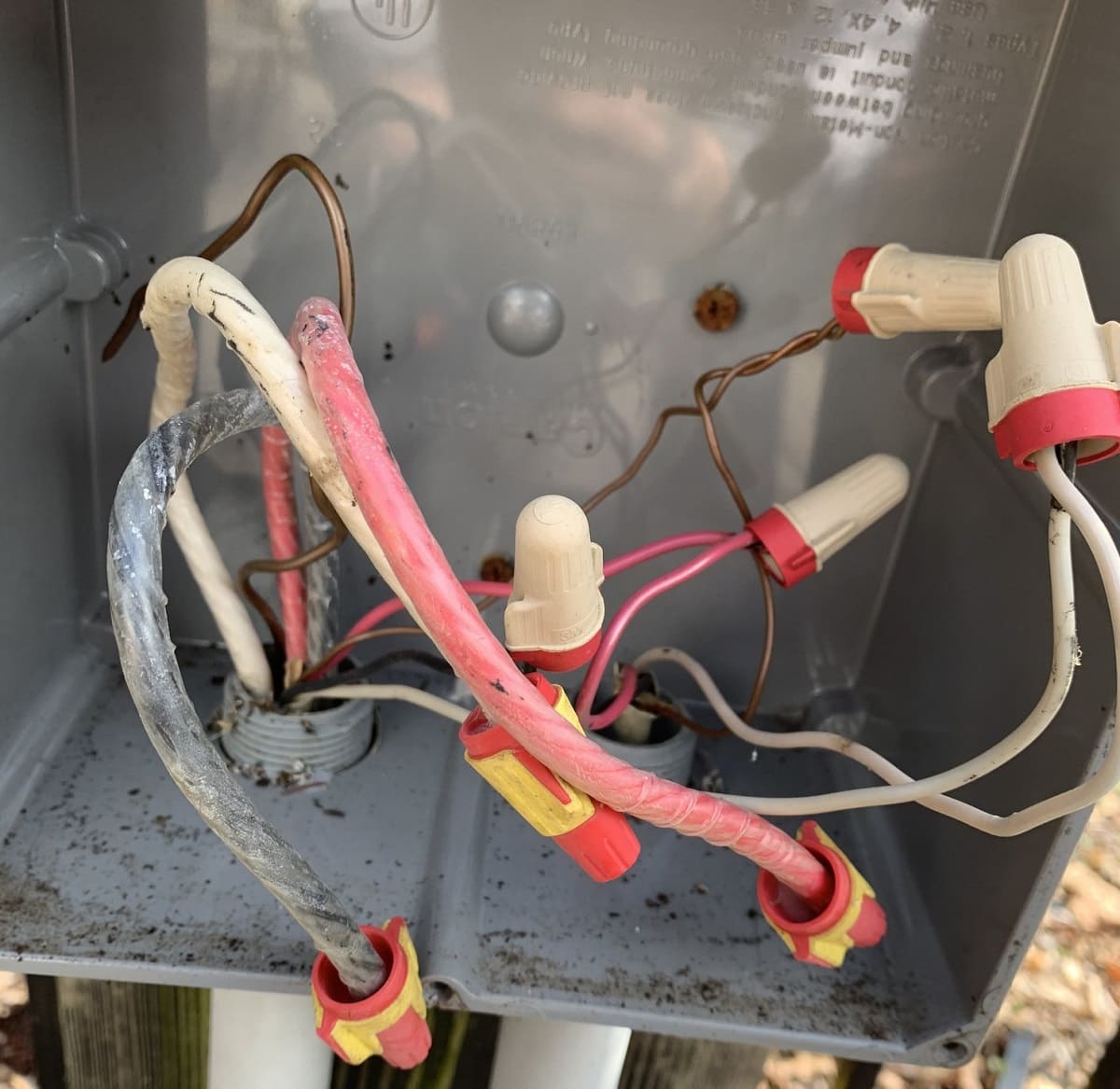

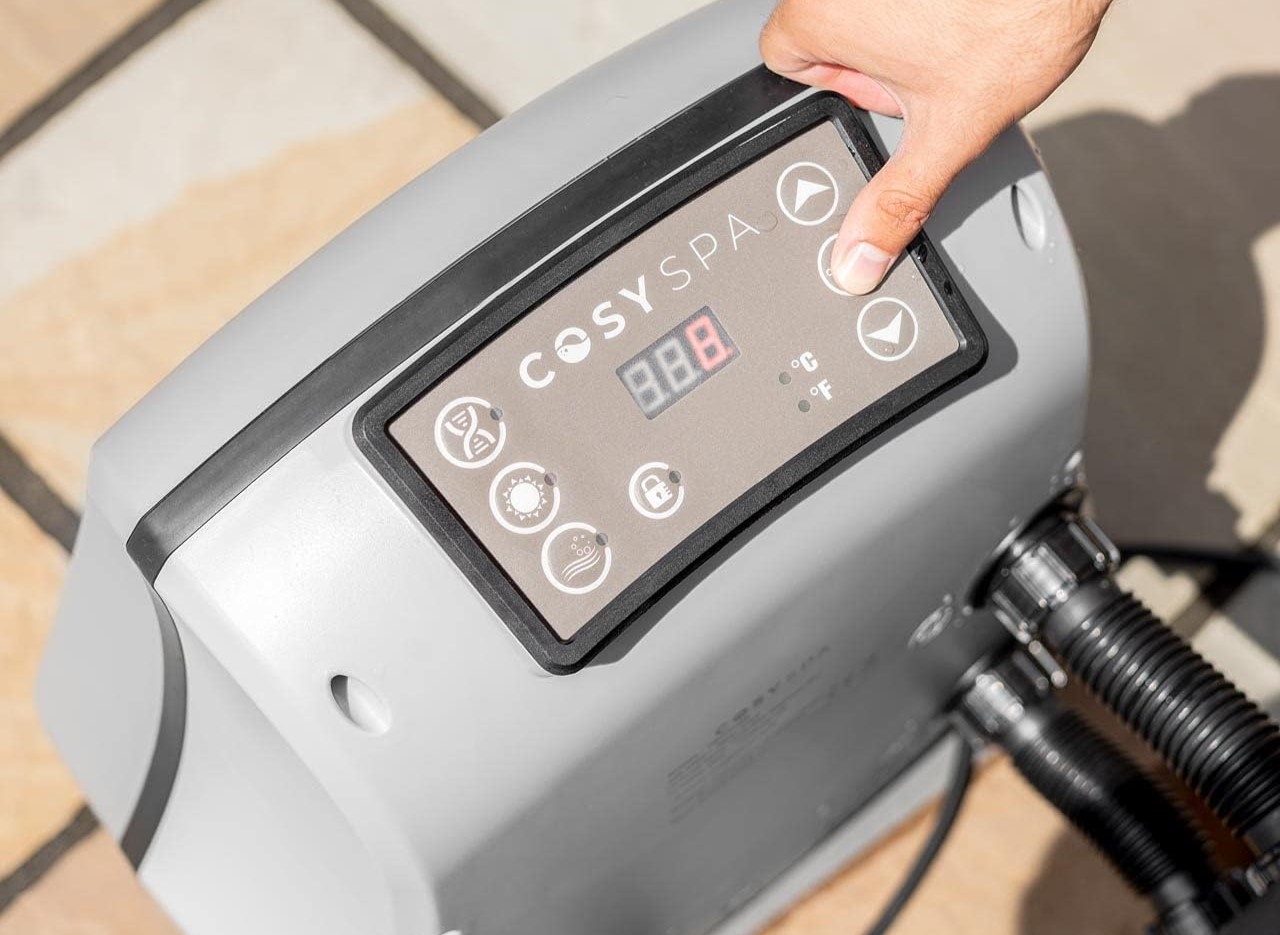
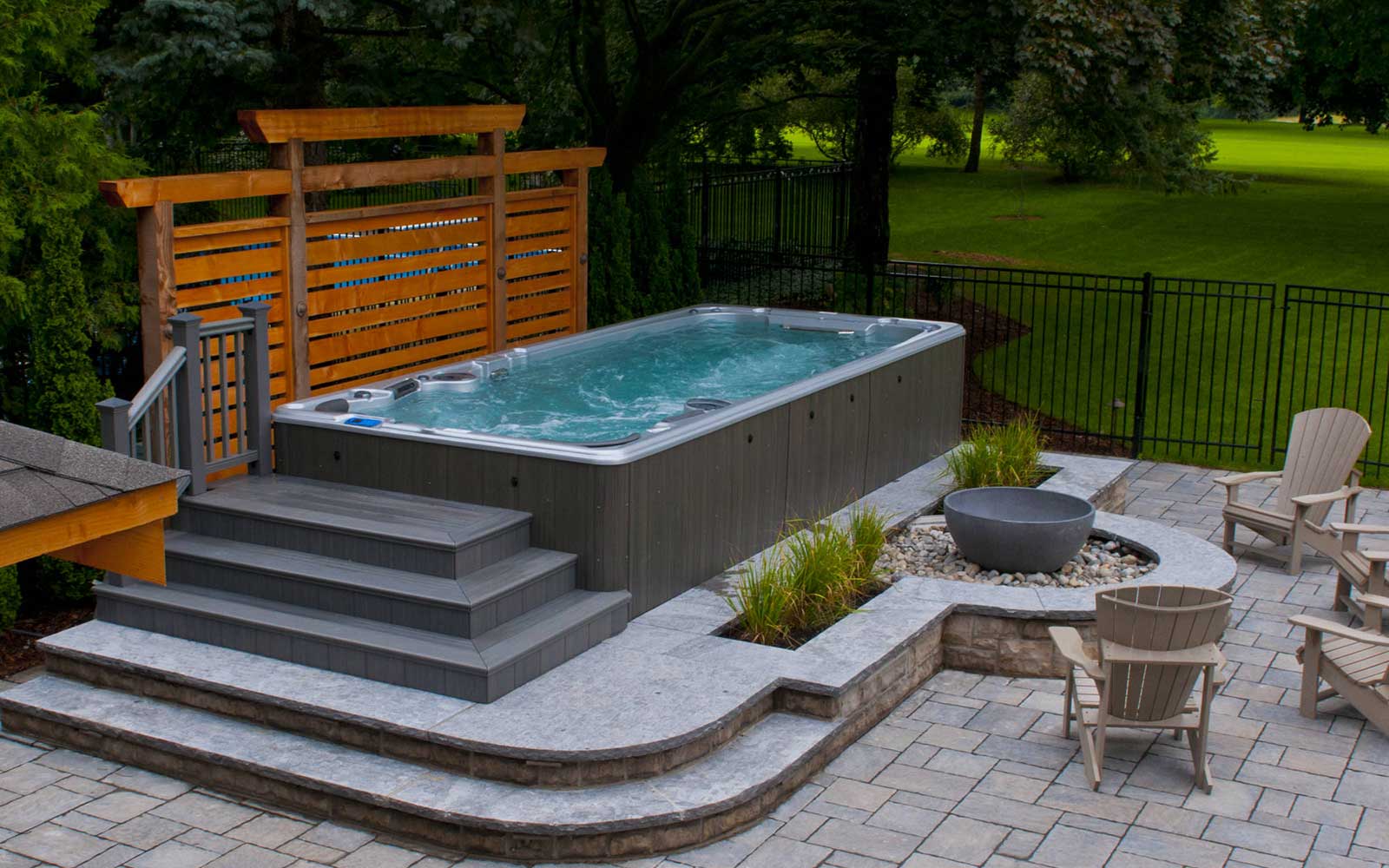
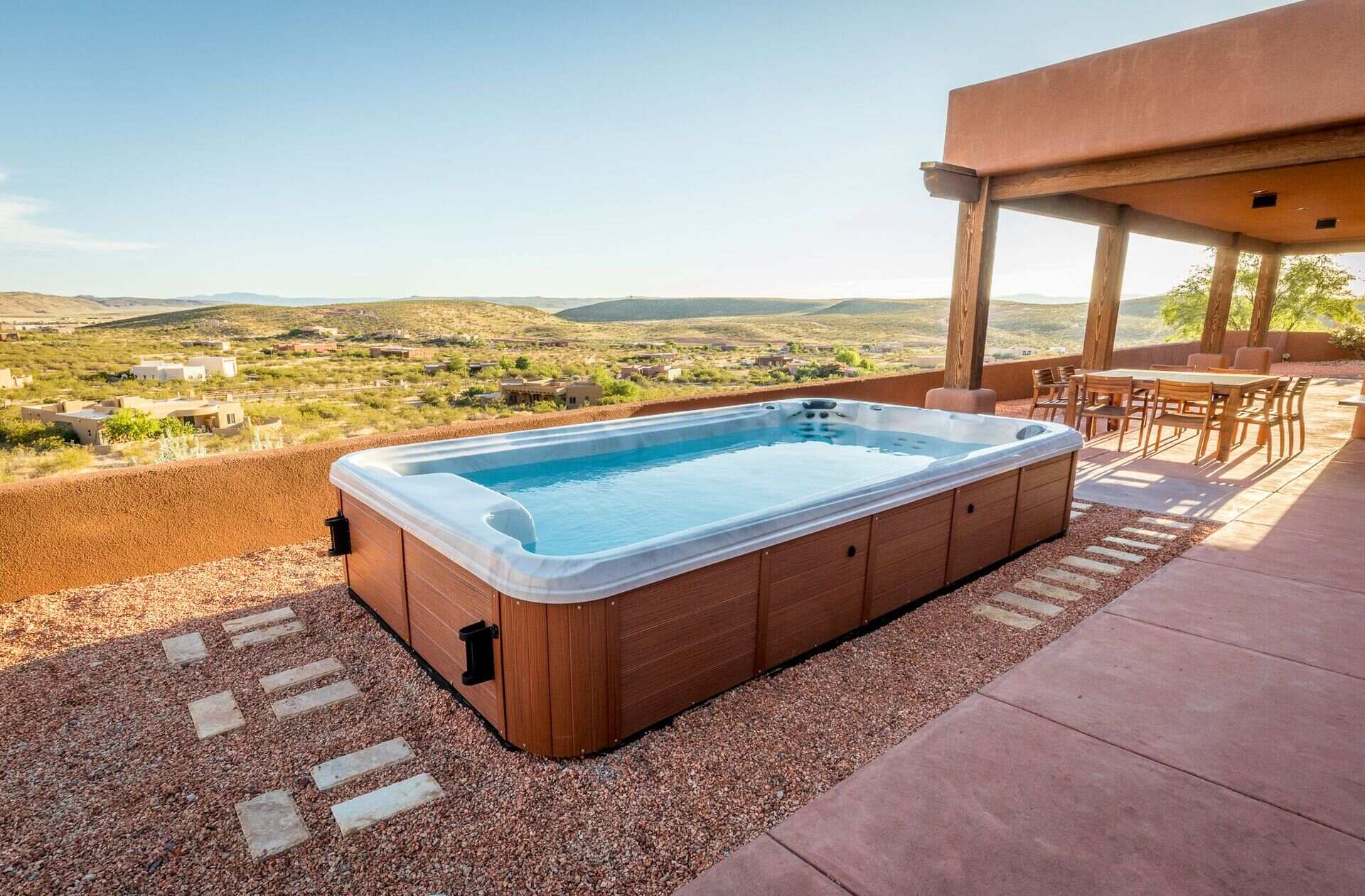
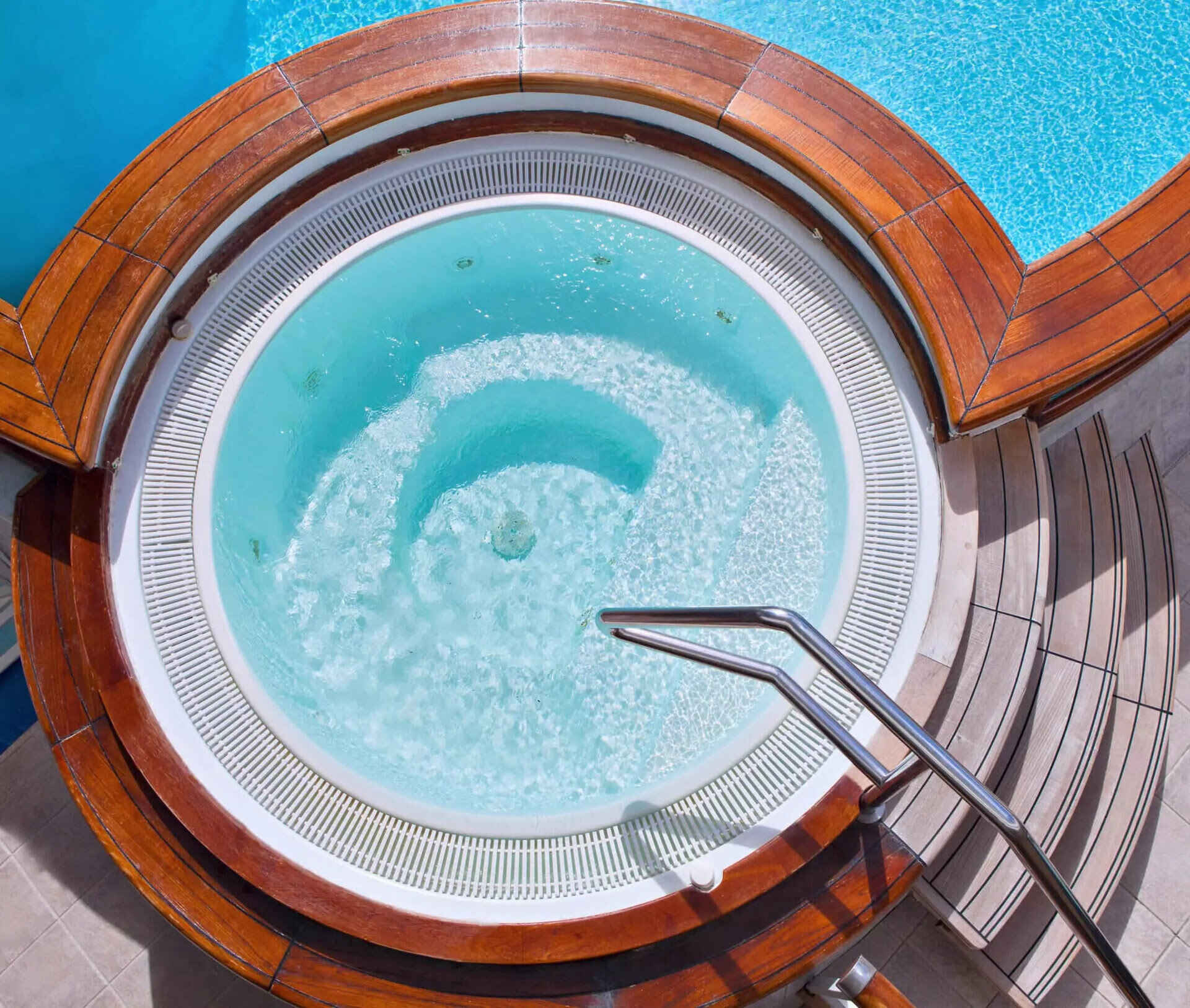
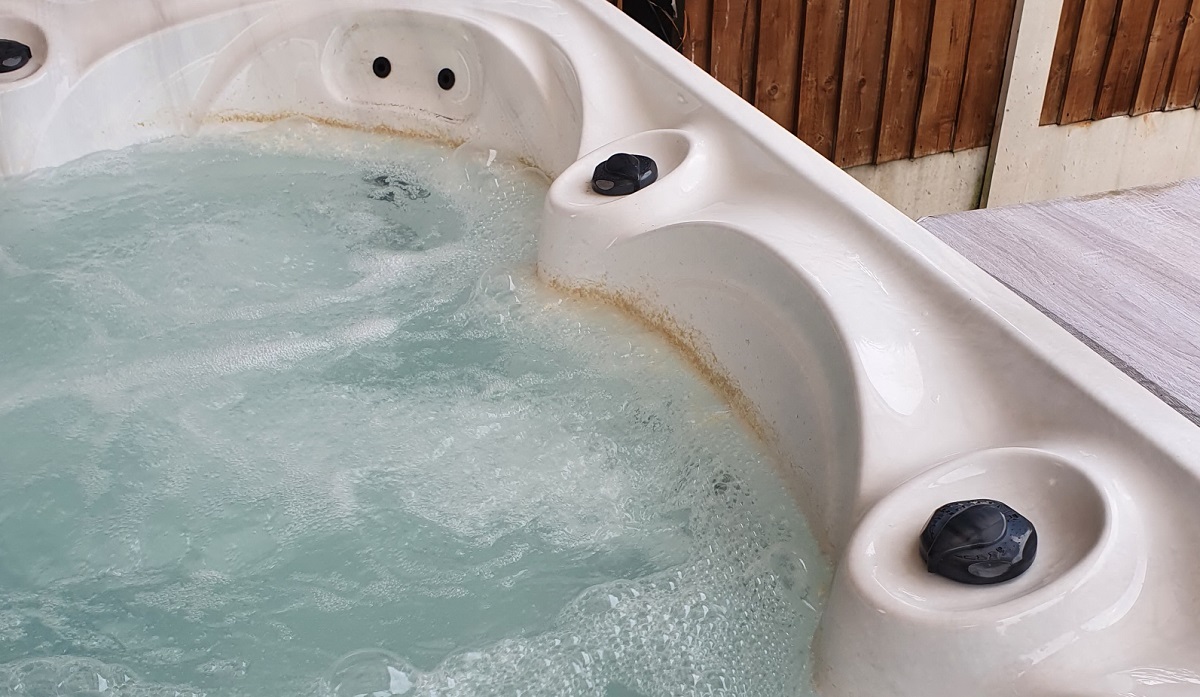
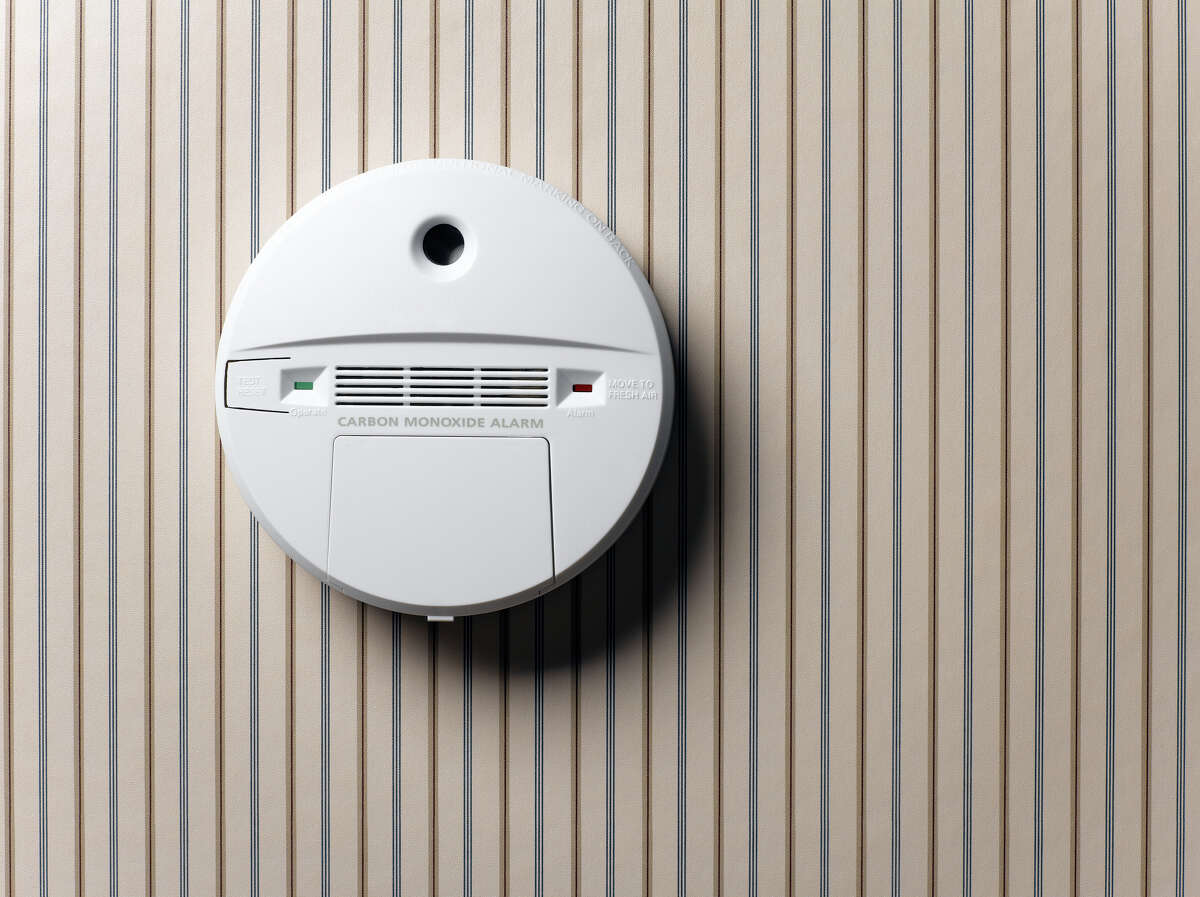
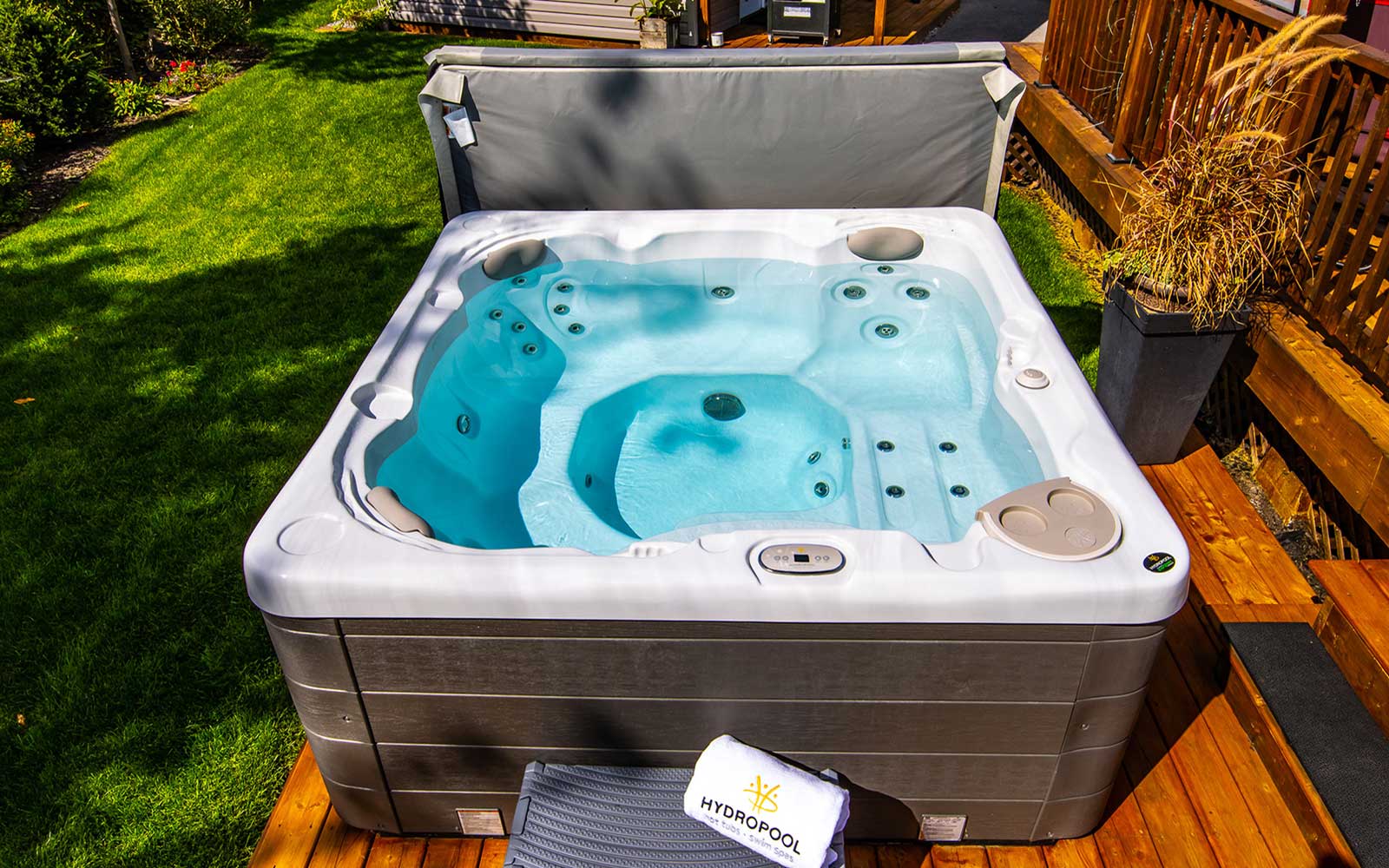
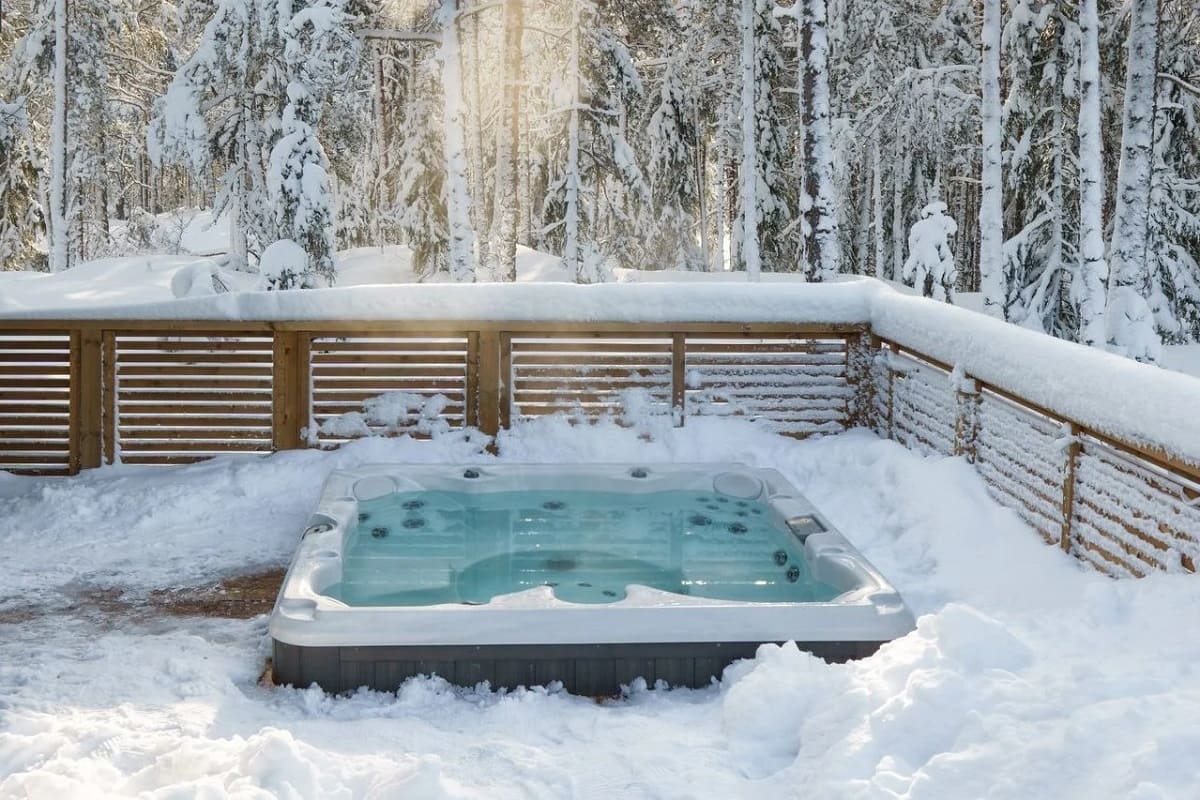
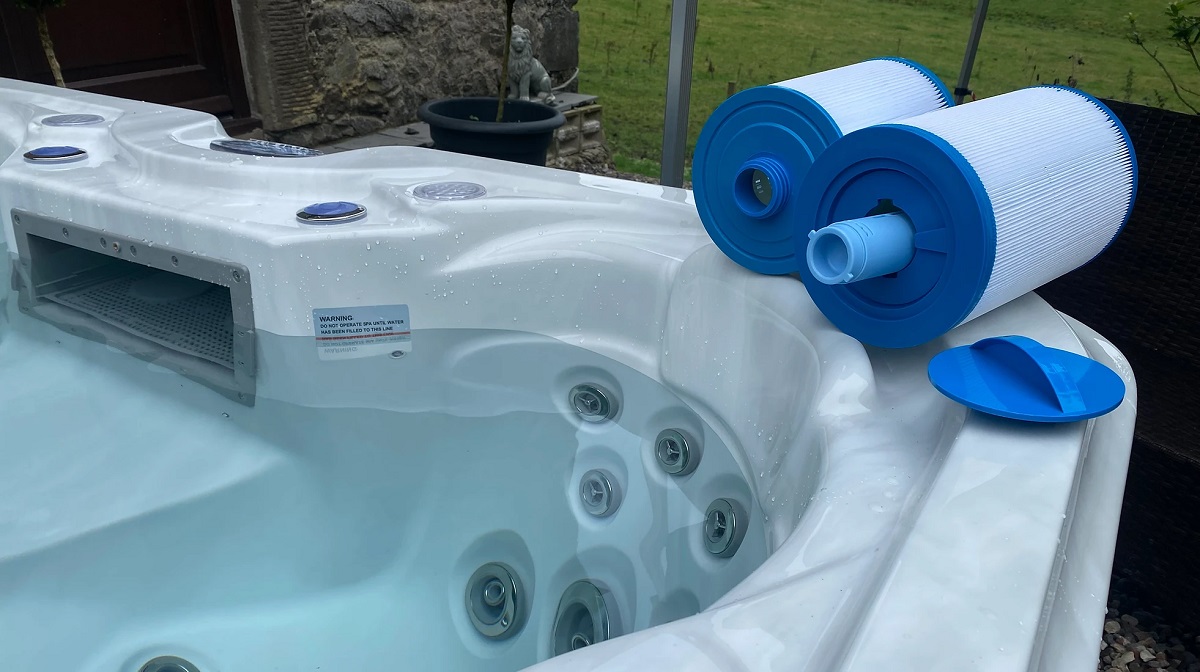
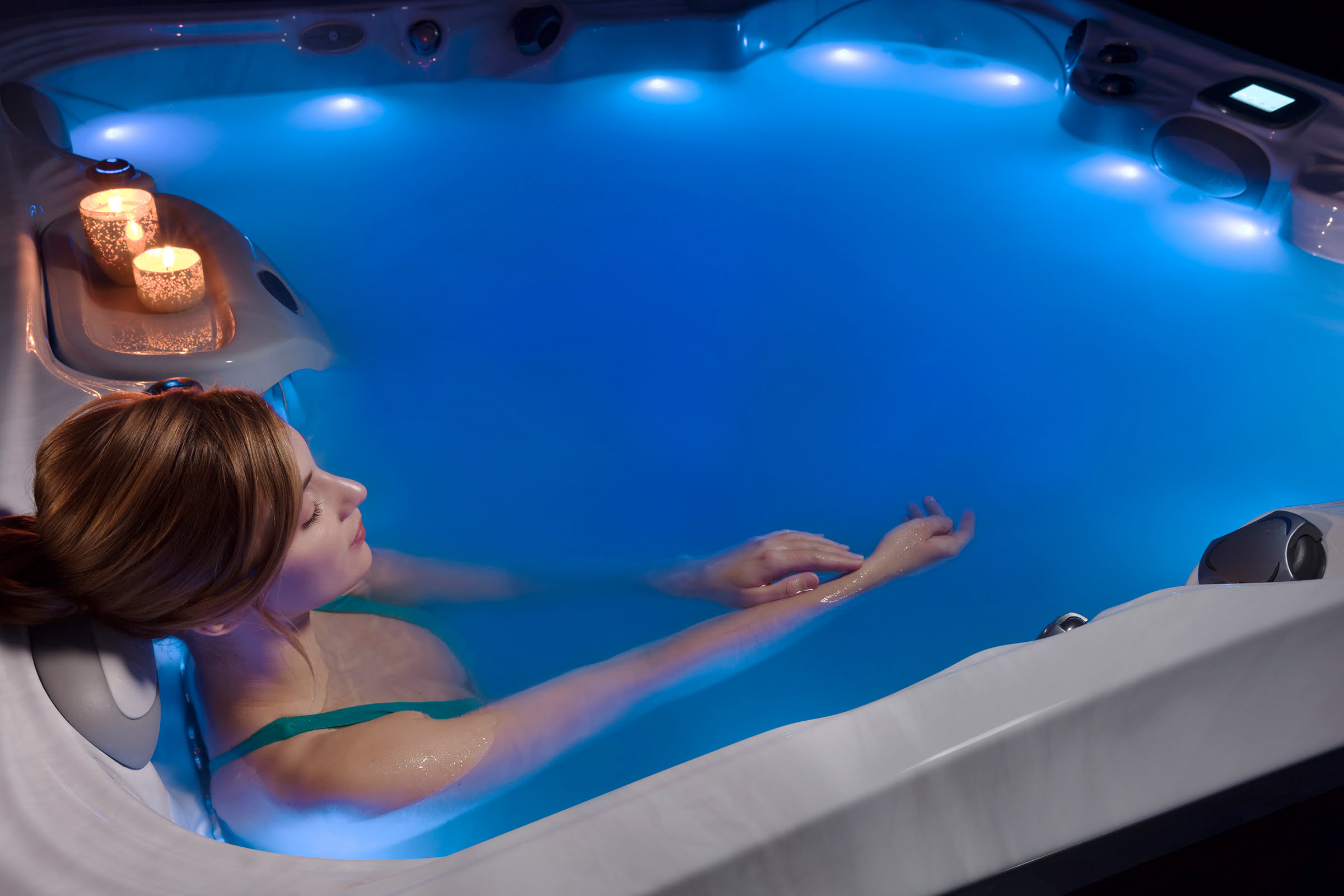
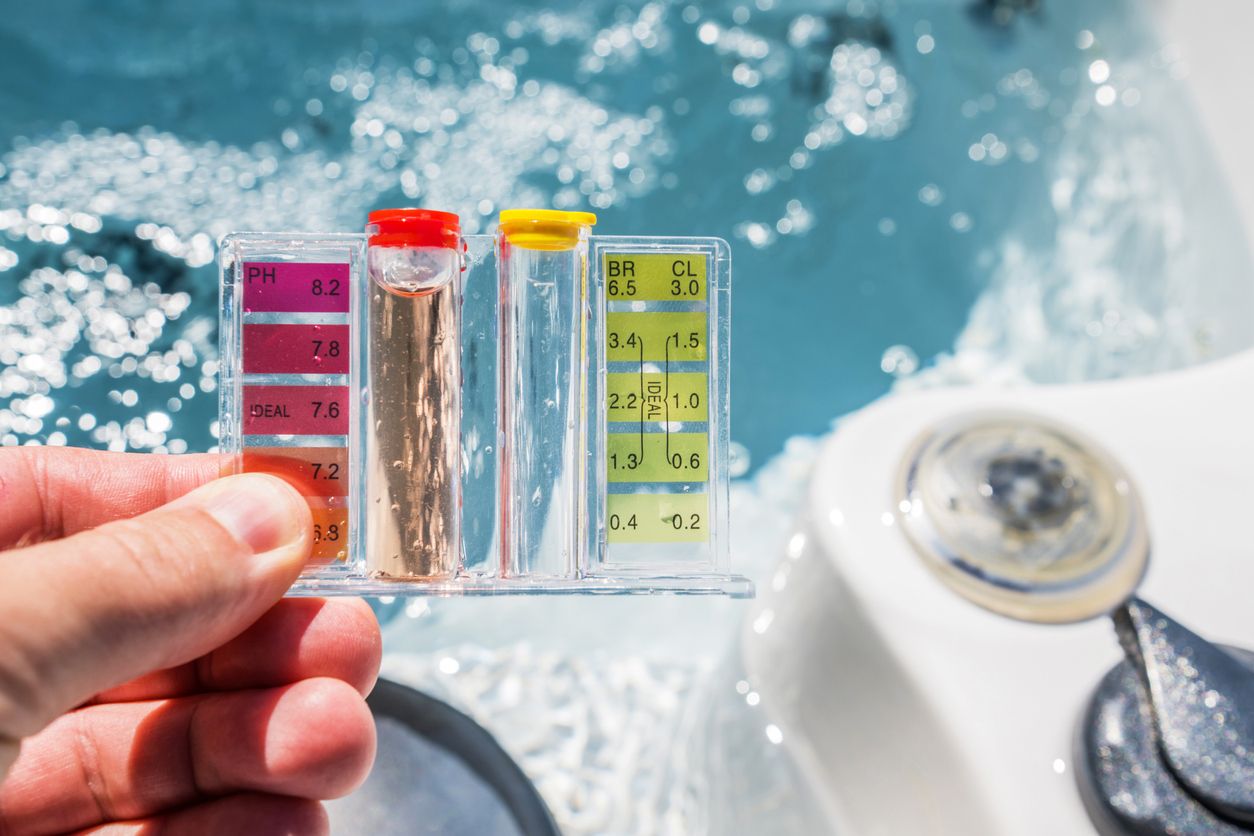

0 thoughts on “How Do I Dispose Of A Hot Tub”